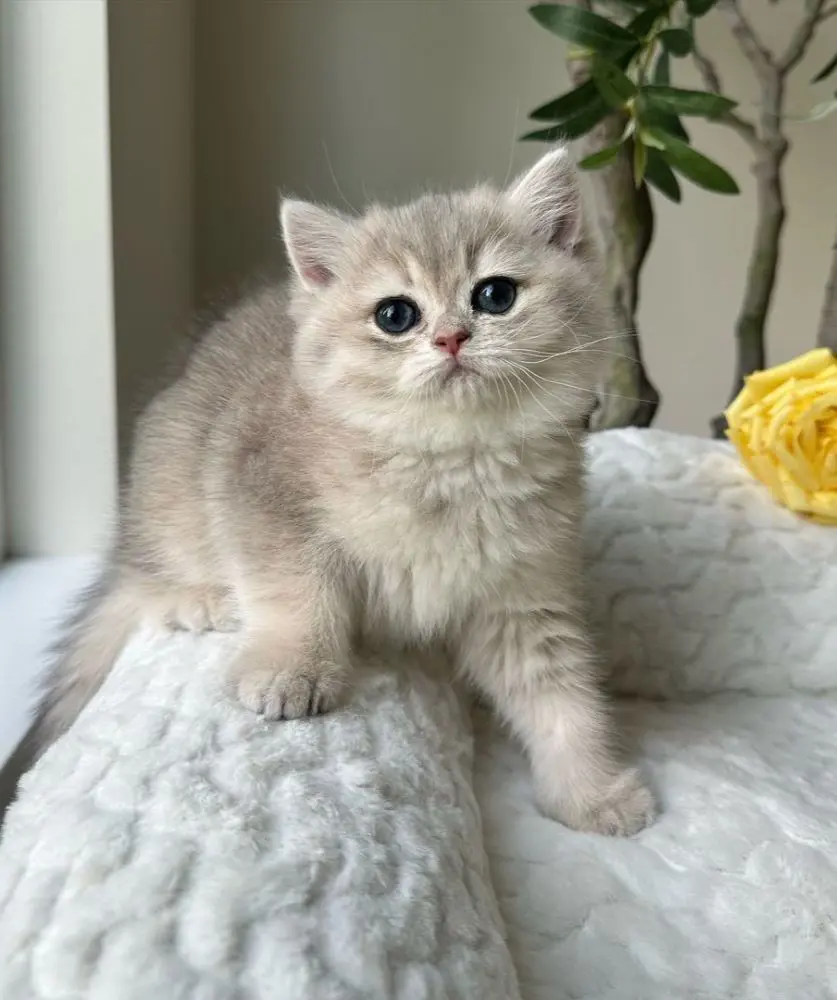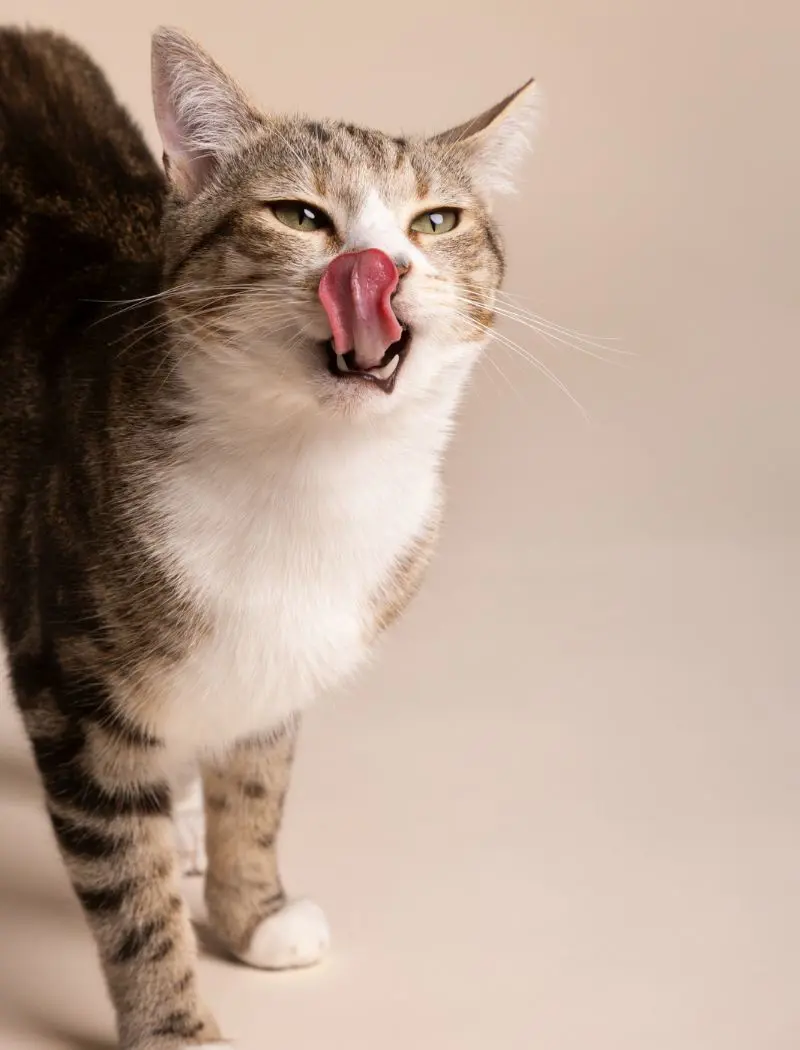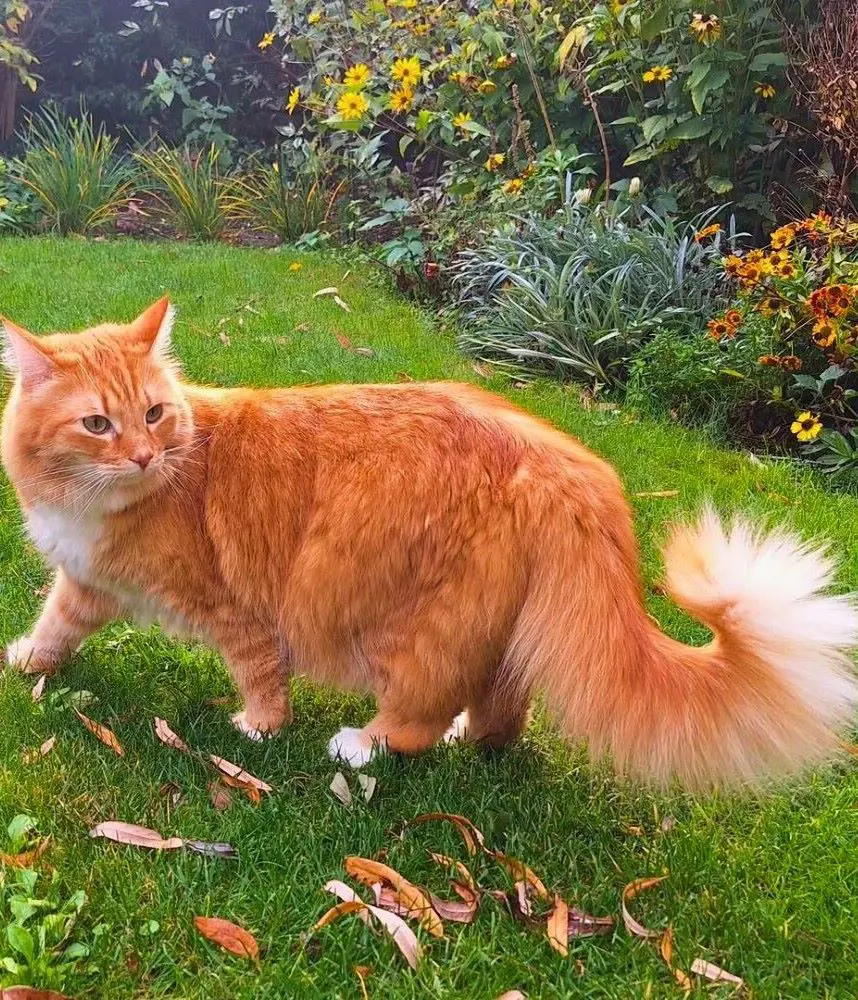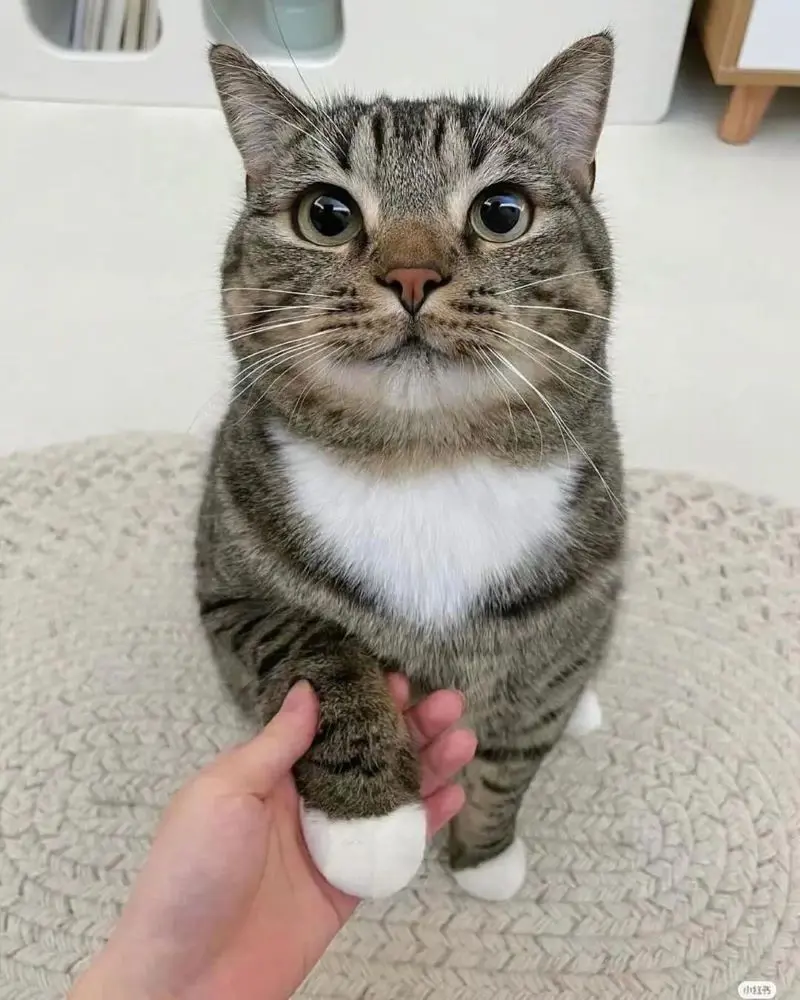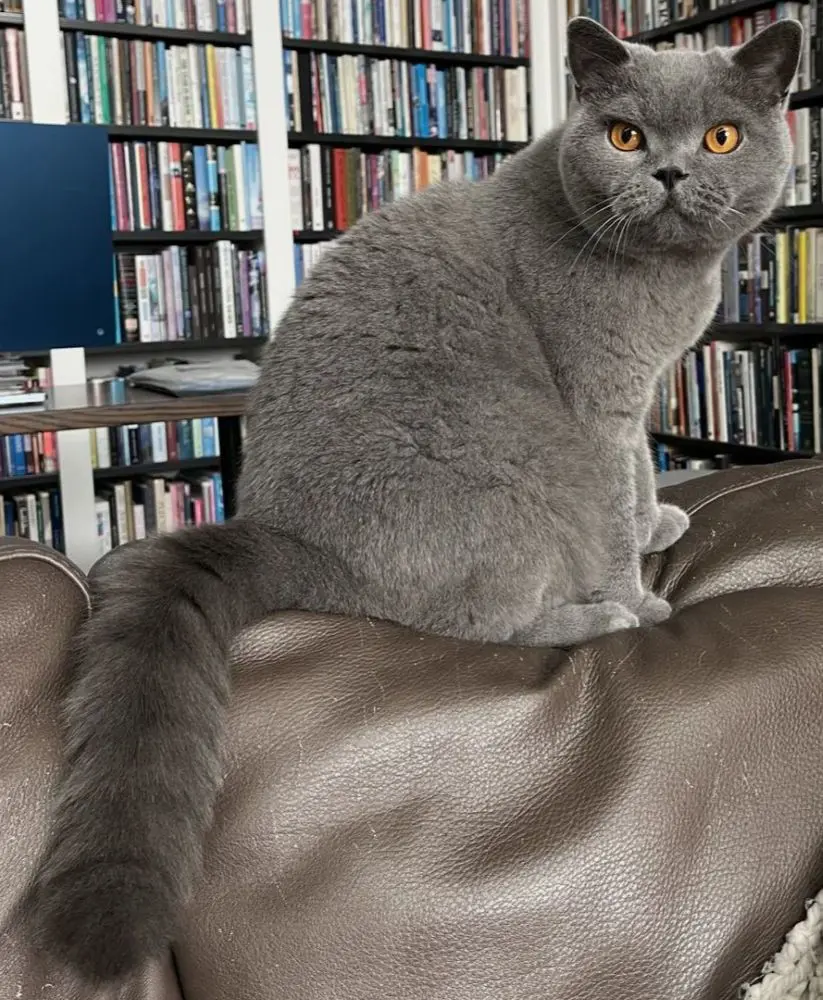18 Reasons Your Cat Has Runny Nose
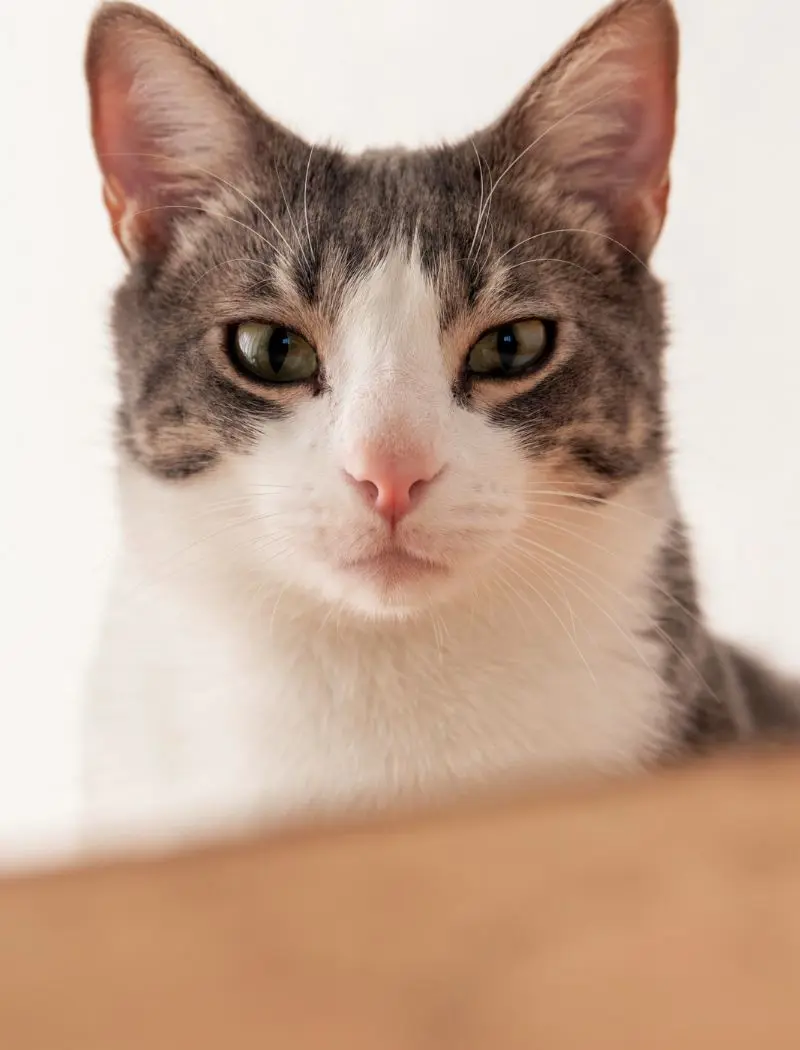
A runny nose is a common condition in young felines that is usually caused due to discomfort and swelling within their nasal passages. It can be due to various factors and can be a sign that something is affecting these felines.
It is important to pay attention and figure out the cause if your cat is constantly sneezing or you notice secretions. This article explores the reasons why your cat may have a runny nose and helps you identify the severity of the condition.
1. Allergies
This condition can occur in cats due to allergies when tiny particles like dust irritate their respiratory process and cause sneezing. Seasonal changes can also introduce pollen into the air which can cause allergic reactions in sensitive cats.
Mold is another common indoor allergen that thrives in damp environments and can cause respiratory problems in dogs when it is inhaled. They may also suffer from this condition if a household member smokes as the chemicals in these substances can lead to chronic sneezing and nasal discharge in cats.
2. Upper Respiratory Infection
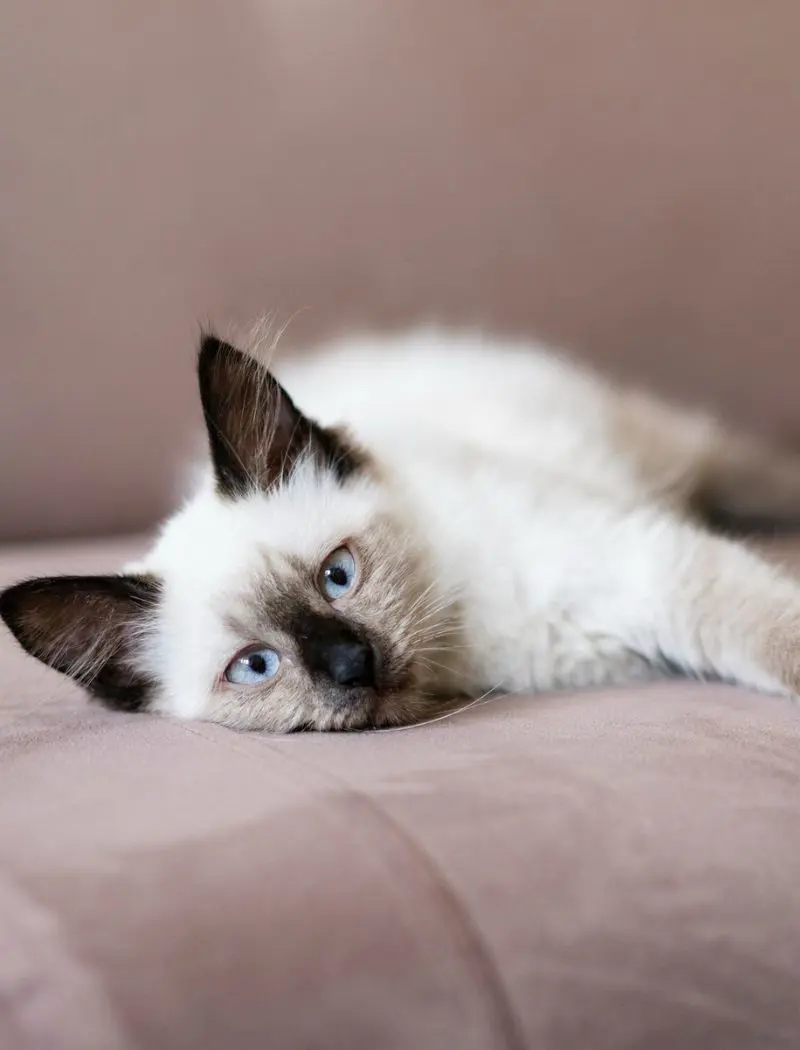
It is a common health issue in cats that can cause a runny nose as it affects the nose and airway. Viral infections can be highly contagious and cause this infection in cats and may become more severe as it affects their mouth, resulting in painful lesions and difficulty eating.
Bacterial infections can also complicate their health and may occur when bacteria take advantage of their weak health. It is very important to monitor your cat and look out for signs such as nasal discharge or sneezing to keep them healthy and free from such health issues.
3. Foreign Objects
Foreign objects in a cat's nasal passages are another cause of runny nose and it can be anything from small particles like dust or plant matter to large items that may accidentally get stuck. These objects that do not belong in the cat's nasal cavity can cause irritation and infection that may lead to discomfort and pain.
These objects cause the nasal tissue to produce excess mucus in an attempt to clear the foreign material, resulting in a runny nose. It is important to take them to the veterinarian as soon as possible if they inhale harmful objects so that it is removed with expert help and do not further harm the cat.
4. Dental Disease
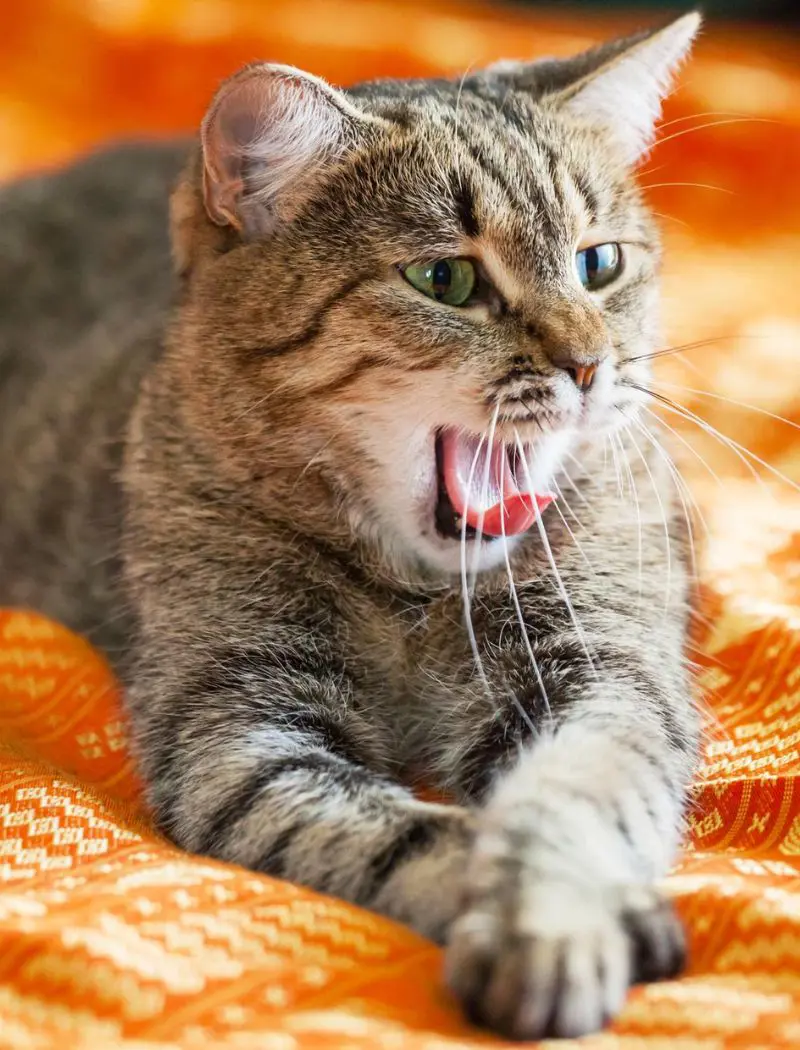
Cats with dental issues are likely to suffer from runny noses due to the close connection between the mouth, teeth, and nasal route. Dental issues can cause bacteria to spread from the infected teeth or gums into the nasal area, leading to inflammation and infection in the airway.
Tooth abscesses might cause difficulty if they are located near the upper mouth, as the infection can easily expand to the nasal route and cause inflammation along with excess mucus production. This can result in nasal discharge which can be watery or thick, depending on the severity of the infection.
5. Environmental Irritants
Environmental irritants that can range from chemicals to airborne fragments, can trigger allergic responses or direct irritation in cats as they have sensitive respiratory processes that may easily be affected. Cleaning products, air fresheners, smoke, and dust are some common environmental triggers that cause runny noses in cats.
Household cleaning agents that contain bleach or other harmful chemicals can also irritate them when they are inhaled. Scented candles and incense can release fragrances that may trigger allergic responses that cause inflammation, resulting in a watery or runny nose. The symptoms caused by these irritants are normally moderate but if the exposure is long, it can become chronic.
6. Sinusitis
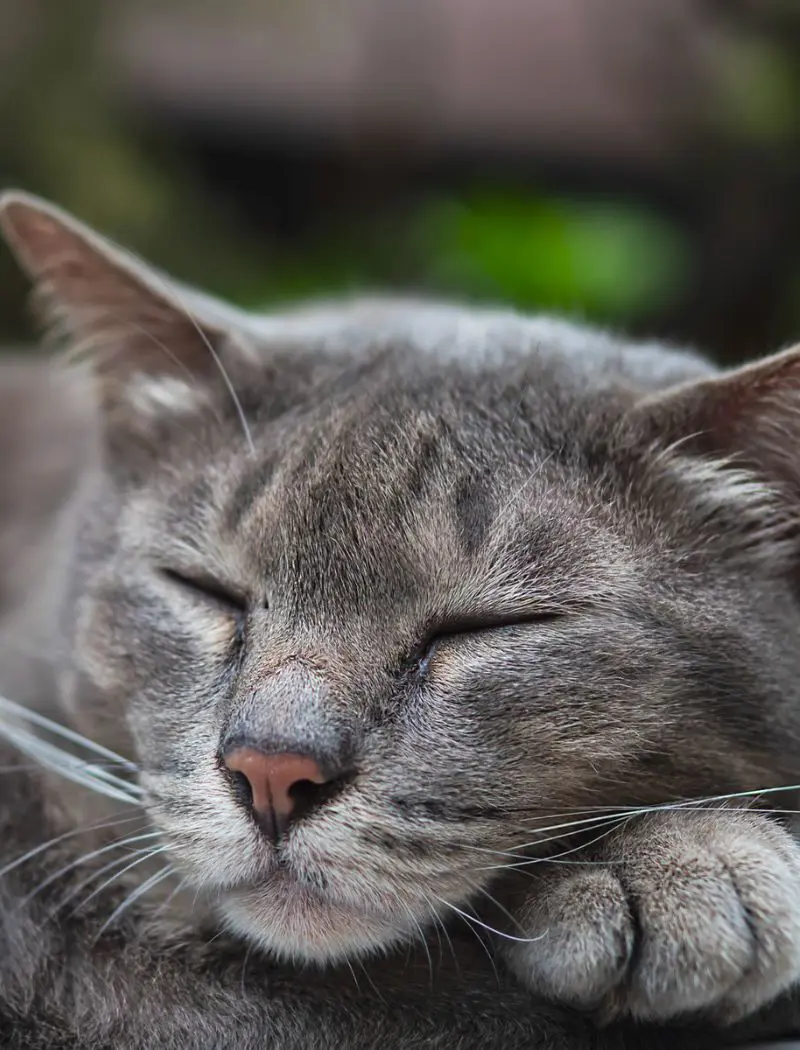
Sinusitis is the inflammation of the sinuses, a cavity filled with air around the nose and eyes that helps filter air and produce mucus. When these sinuses become infected, it can result in excessive secretion production, leading to symptoms such as a runny discharge, congestion, and difficulty inhaling.
Sinusitis in cats is often secondary to other respiratory issues which can be caused by various viral infections that can lead to inflammation in the nasal area which may extend to sinuses, causing sinusitis. It is also caused when a viral infection weakens the immune system of the cat or when the nasal tissue is damaged.
7. Nasal Polyps
Nasal polyps are benign masses that can develop within a cat's nasal zone and can block airflow in the nasal passages, leading to various symptoms like runny nose. These growths can vary in size and number and are usually linked to chronic inflammation, often as a result of long-term upper respiratory infections.
It can cause a runny nose by obstructing the normal flow of mucus as it blocks the sinuses and makes it difficult for the cat to clear mucus. This blockage leads to the collection of mucus and may result in discharge that may start as water and clear but can thicken and change in color if a secondary bacterial infection develops.
As it grows, polyp may cause more severe symptoms that include difficulty breathing through the nose, noisy breathing, or snoring.
8. Fungal Infections
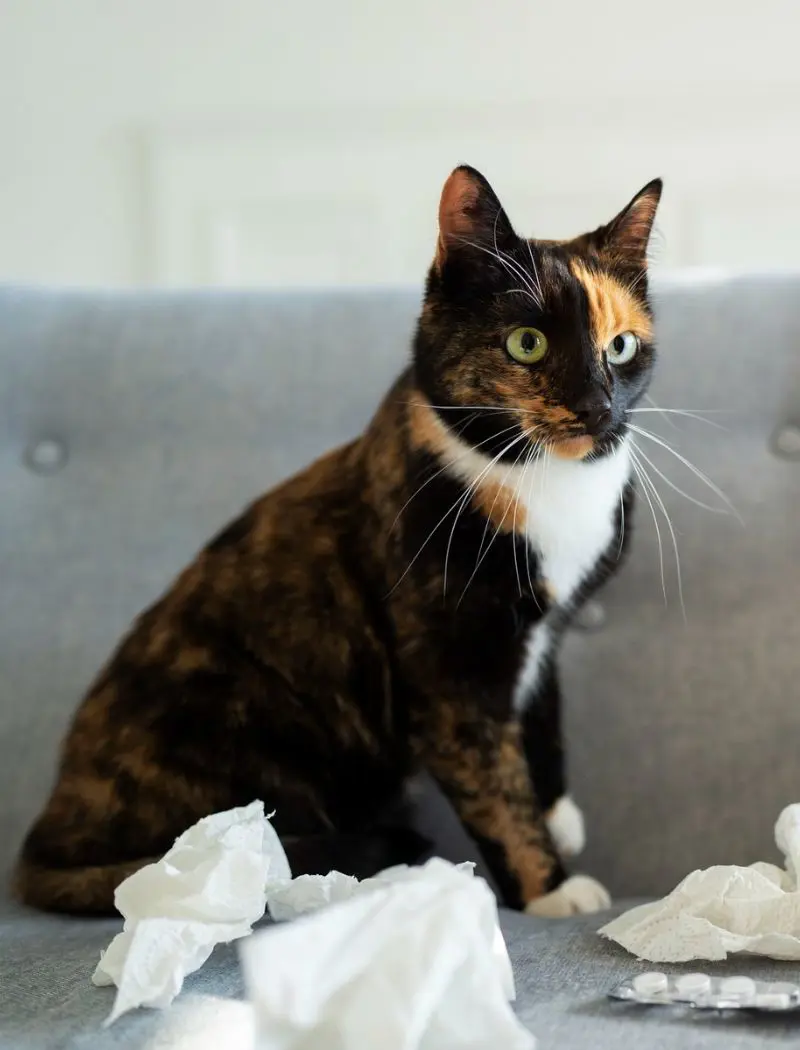
A runny nose due to fungal infections is less common than other infestations but can be serious. The immune response to the fungal infection can lead to an increase in mucus production, which is the body's way of eliminating the fungal spores.
This can result in nasal discharge that may be clear or thick depending on the severity of the infection and more persistent compared to the clear discharge seen in viral infections like URIs. It is important to include hydration, nutritional support, and veterinary care for cats if they are suffering from this condition to help ease the discomfort and promote better health.
9. Changes In Temperature Or Humidity
Cats are more susceptible to respiratory issues when they are exposed to sudden or extreme changes in temperature or humidity, which causes runny discharge and other related issues. When exposed to cold air they may develop runny noses as their nasal tissues can become irritated and inflamed.
Hot environments can also trigger this condition as excessive heat can dry out the nasal passages and cause the body to produce more mucus to compensate for the dryness. Sudden changes between hot and cold weather can stress their respiratory process if they are moving between environments and their body may react to these changes by increasing mucus production.
The air in low-humidity environments can become very dry and irritate the airway, resulting in mucus that can become thicker and harder to clear. Extremely humid conditions can also encourage the growth of spores that can affect their system and breathing capabilities.
10. Injury Or Trauma
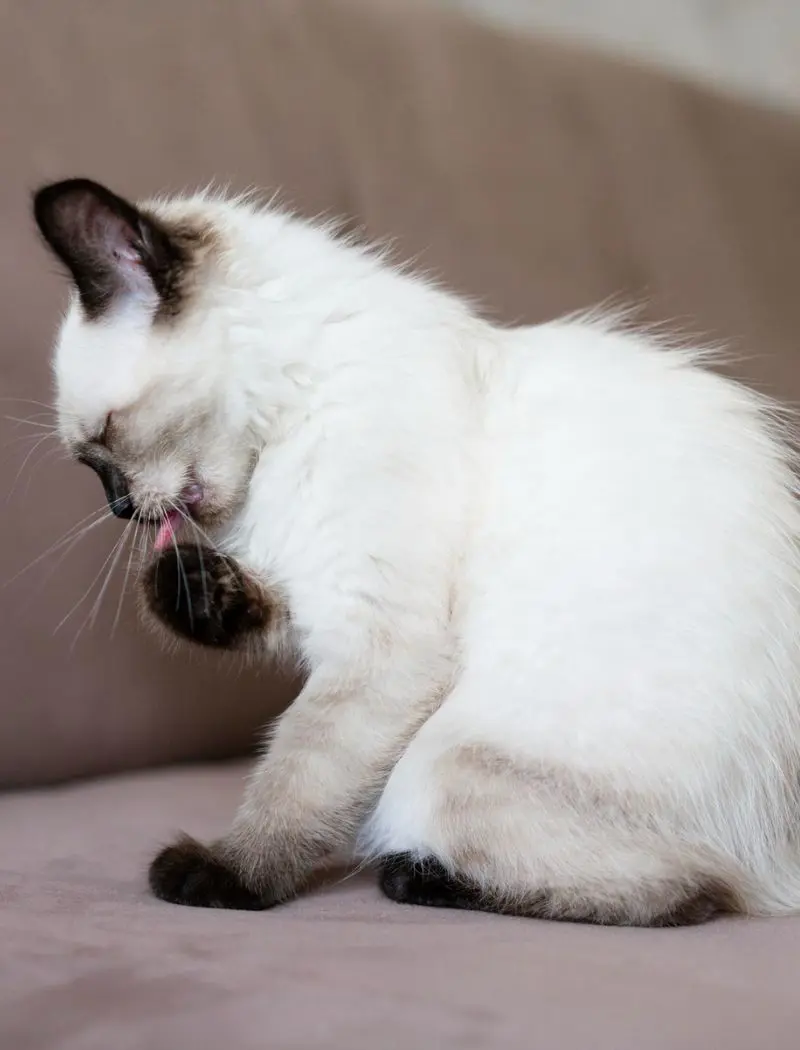
Physical trauma to the nasal area caused due to a fall, fight, or any accident can result in a runny nose if it damages the tissues inside the nose resulting in inflammation or mucus production. An injury such as a direct blow to the nose can cause bleeding or swelling, to which the body responds by producing mucus to protect and heal the area.
The skin can also cause open wounds that may provide a pathway for bacteria to enter the nasal passage and result in infections that may cause inflammation and an increase in mucus production. It is very important to supervise your cat during their outdoor times or in general to avoid conflicts and ensure safe environments to minimize the risk of such injuries.
11. Stress
Stress affects a cat's immune system and can contribute to physical signs as the body has changes that can compromise its health. A stressed cat is susceptible to outbreaks that may lead to watery release in cats.
Stress can weaken a cat's immune system, making it harder for their body to combat and increasing the risk of respiratory problems. These cats may also engage in behaviors that worsen physical symptoms as they may excessively groom themselves or paw at their nose, irritating the nasal passage that may result in a runny nose.
12. Eye Infection

Eye infections in cats can also lead to nasal secretions, as the eyes and nose are closely linked. When the eyes produce excessive discharge due to infection, the tear ducts attempt to drain the excess fluid, which can cause the fluid to flow into the nose and result in a runny nose.
An infection that starts in the eyes can extend to the sinuses and nasal passages, resulting in increased mucus production. Some eye infections can have systemic effects that also cause inflammation in the nasal passages, leading to a runny nose in addition to eye problems.
13. Excessive Grooming
Cats use their tongue to clean every part of their body including their face and whiskers while grooming themselves, which is a natural behavior as they are particular about staying clean. However, excessive grooming can cause a runny nose as small amounts of saliva may enter the nasal passage when they lick their face, causing mild irritants that result in this condition.
Grooming can also loosen the dirt in their fur and move it around, resulting in increased mucus production if it enters their nose. Excessive grooming can also cause a cat to produce more saliva than usual and it can get onto the nose and lead to temporary irritation.
14. Age
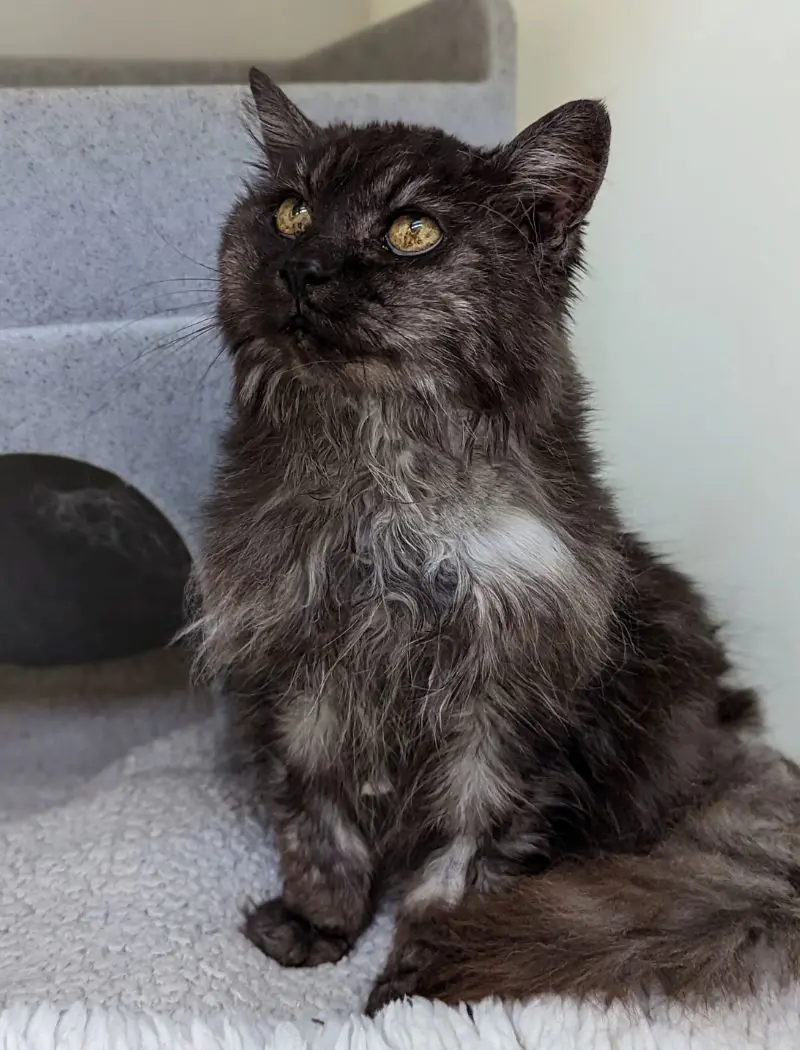
The immune system of an aged cat becomes less effective at managing minor irritants to respiratory changes that can lead to increased mucus production. Older cats also experience some dryness in their nose due to age-related hydration changes that prompt the body to compensate with additional mucus.
These cats may also become more sensitive to their surroundings, so dust and slight changes in temperature or humidity can also cause mild irritation. This can trigger a runny nose in cats as their body tries to these new sensitivities. It is normal for them to have occasional runny nose, but persistent continuation of this condition can indicate underlying issues that may require veterinary care.
15. Autoimmune Conditions
Autoimmune conditions occur when the antibody system targets the body's own cells and treats them like foreign invaders. When the immune system attacks, it can cause pain and agitation that can cause a runny nose in cats.
The immune system continuously sends white blood cells to the affected area even when there is no actual infection, which can lead to ongoing inflammation and buildup of mucus. Cats with this condition may have clear or slightly cloudy nasal discharge that can vary in severity and may also worsen over time.
16. Vaccine Reaction
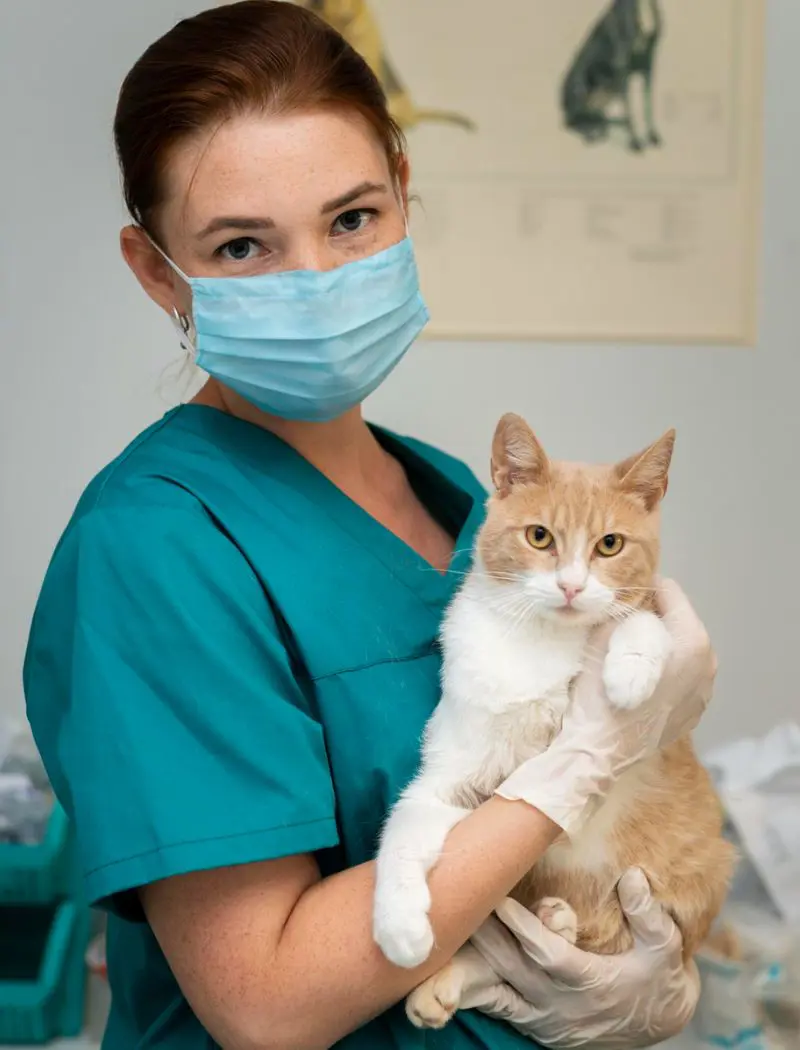
A vaccinated cat is exposed to a small or weakened form of virus that is recognized as a foreign substance and activates a response to learn how to fight the disease. This immune response can sometimes cause mild side effects that may include a runny nose in cats.
Cats experiencing a runny nose due to vaccine reaction may also show other mild symptoms such as sneezing, watery eyes, or even fever. The symptoms are not severe and resolve on their own as their body adjusts. If a runny nose persists beyond a few days and is accompanied by other signs like lethargy, it is best to consult with the vet.
17. Parasites
Parasites that affect the airway system can cause watery secretions in cats. One such parasite that lives in their passages and causes irritation is nasal parasites. Cats with nasal mites may also scratch their face frequently or make abnormal sounds due to the unease.
Fleas and ticks can also sometimes contribute to this issue as flea infestation can lead to allergic reactions in cats. Treating a cat that is infested by parasites by taking them to a vet is very important to maintain its overall health.
18. Vitamin A Deficiency
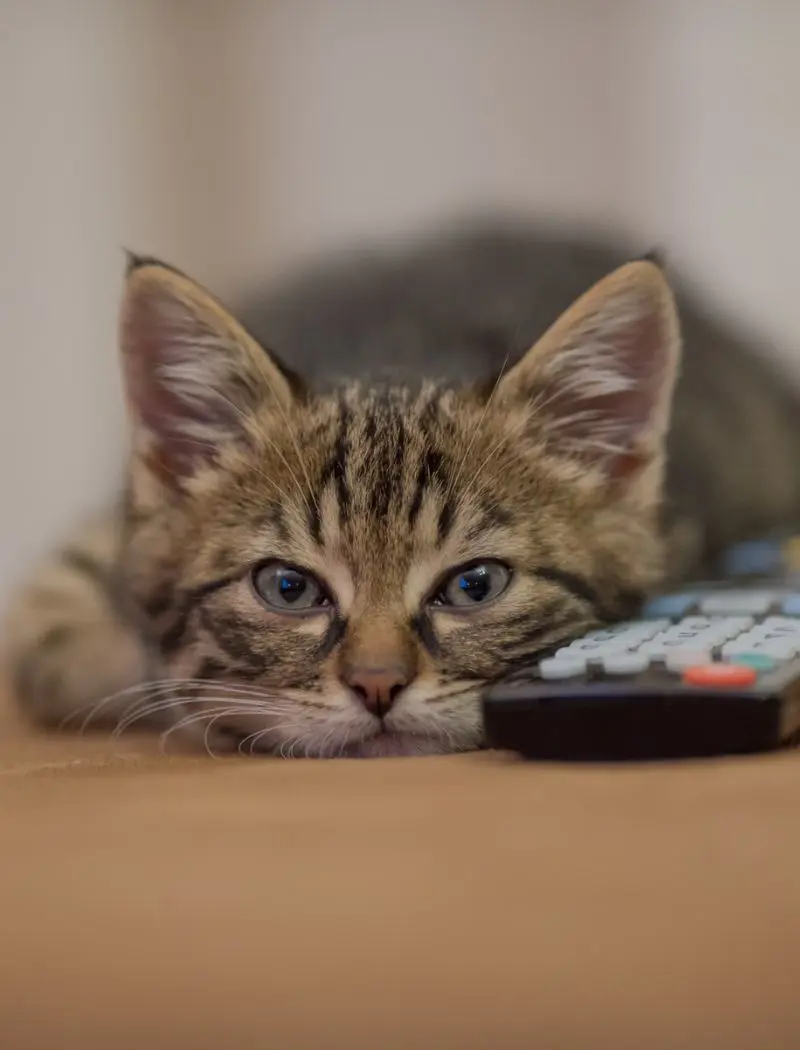
Vitamin A plays a vital role in supporting protective membranes that are present in the nose and respiratory route. A cat with vitamin A deficiency can have dry and agitated protective membranes that are prone to infection, leading to a runny nose.
It can also affect the integrity of the cells in the nasal region and make it harder for the body to protect itself from allergens. Cats that lack vitamin A in their diet may also experience other health issues such as dry skin, poor hair quality, and night blindness. It is very important to provide a balanced diet with essential vitamins to help them avoid such health issues.
Top Lists

